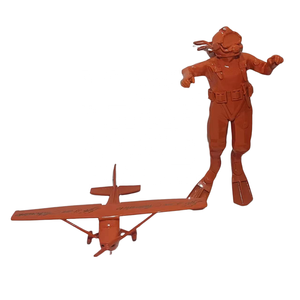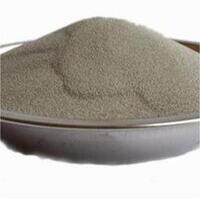**Beyond Plastic: Exploring the Crazy Stuff Your 3D Printer Can Actually Use**
(What Materials Can You 3d Print)
You’ve seen 3D printers make toys, tools, and tiny sculptures. But what exactly are these machines spitting out? It’s not just boring old plastic anymore. The world of 3D printing materials is weirder, cooler, and more creative than you think. Let’s dive into the surprising list of stuff you can feed into a 3D printer—and what happens when you do.
Start with the basics. Most hobbyist printers use PLA. It’s that classic plastic you see in rainbow colors. PLA is made from cornstarch or sugarcane, so it’s biodegradable. It smells faintly like pancakes when it melts. Good for beginners. Not so good for things that need to survive a hot car dashboard. That’s where ABS comes in. Tougher, heat-resistant, and the same stuff LEGO bricks are made of. Downside? It smells like burned plastic. Open a window.
Nylon is another favorite. Flexible yet strong, it’s used for gears, hinges, or even fabric-like prints. But materials get way stranger. Ever heard of TPU? It’s rubbery, stretchy, and perfect for phone cases or squishy prosthetics. Imagine printing a bouncy ball instead of buying one.
Now let’s talk fancy. Some printers work with metal. Stainless steel, titanium, even gold or silver. These aren’t your desktop machines—they’re industrial beasts that fuse metal powder with lasers. The result? Aerospace parts, custom jewelry, or razor-sharp knives. Yes, fully functional metal blades from a printer.
Ceramics are having a moment too. Special printers squeeze out clay instead of plastic. Fire the finished piece in a kiln, and you’ve got a mug, vase, or abstract art. It’s messy, but pottery classes just got competition.
Wood? Sort of. Filaments mixed with wood particles exist. They print like plastic but smell like sawdust and can be sanded or stained. The catch? Your “wooden” sculpture won’t survive a termite attack. It’s mostly for looks.
Here’s where it gets wild. Researchers print with living cells. “Bioprinting” layers human tissue to make skin grafts or mini organs for drug testing. No, you can’t print a full human yet. But scientists are edging closer to 3D-printed hearts and kidneys.
Food printers are already here. Chocolate, pancake batter, even pizza dough get squeezed into edible shapes. Wedding cake toppers with your face? Done. NASA once explored printing space food for astronauts. No word on 3D-printed space pizza, though.
Some materials are just for fun. Glow-in-the-dark filament charges under light and glows for hours. Temperature-changing stuff shifts color when touched. Magnetic iron-infused plastic lets you print fridge magnets that are part of the print itself.
Recycled materials are catching on. Machines grind old plastic bottles into printer filament. Others turn ocean trash into functional objects. Print a phone case, save a fish.
Not every material works in every printer. Some need super-high temperatures. Others require toxic chemicals or post-processing. But the options keep growing. From dental crowns made of resin to concrete for printing entire houses, the limits keep stretching.
(What Materials Can You 3d Print)
What’s next? Maybe printers that use moon dust for lunar bases. Or edible scaffolds for lab-grown meat. For now, though, the takeaway is simple: if you can melt it, shape it, or grind it into powder, someone’s probably trying to 3D print it. Your printer isn’t just a tool—it’s a doorway to playing mad scientist with materials.
Inquiry us
if you want to want to know more, please feel free to contact us. (nanotrun@yahoo.com)

